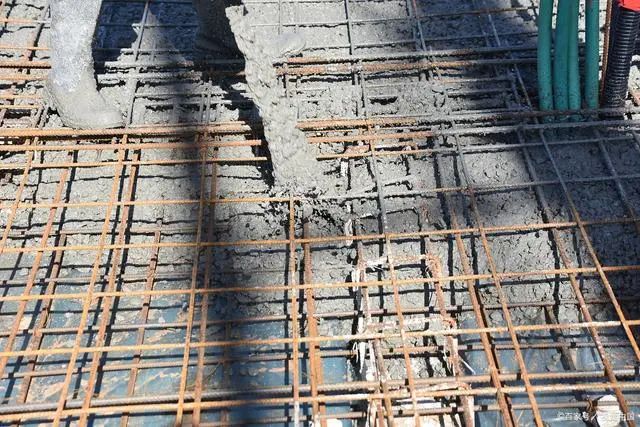Backfill zones are a commonly used construction technique in building projects, employed toaddress differential settlement between
the main structure and the podium, as well as issues related to the shrinkage and temperature stresses in reinforced concrete
In the context of waterproofing for underground construction, waterproofing in the backfillzone is particularly crucial. Below, let's explore
the waterproof design and construction requirements for the backfill zone.

I. Waterproof Design Requirements for Backfill Zones:
Use waterproof concrete with added cement-based crystalline waterproofing agents, with an admixture ratio of 0.8% to 1.5% by weight
of cement in the concrete. Additionally, ensure
a strongconnection of reinforcing steel within the concrete.
Backfill zones should be positioned in areas with lower stress and deformation, with spacings
between 300-400mm and a width of 600-1000mm. The specific dimensions should be determined
based on structural design requirements.
After the backfill zones are sealed, there may be minor cracks at the joints between new and old
concrete due to slight deformations between the integral structure and the concrete. To address this, self-adhesive butyl rubber steel
waterstops that can accommodate certain deformations and have waterproofing capabilities should be used at the joints.The width of the
single-sided waterstop should be greater than or equal to 250mm, with a thickness greater than or equal to 2mm.
For backfill zones where waterproofing needs to be applied in advance, external reinforcing
concrete slabs and expansion joints should be added to the outside of the structural baseplate
and wall panels, along with the installation of temporary waterstops. Specific requirements are
as follows:
a) The depth of the reinforcing concrete in the baseplate backfill zone should be greater than
50-100mm of the baseplate thickness, and the depth of the wall backfill zone should match that of
the structural side wall.
b) The thickness of the temporary base sealing concrete slab should not be less than 200mm, and
the reinforcing should be determined based on structural calculations, with the concrete strength
grade matching that of the baseplate concrete.
c) The width of temporary base sealing concrete slab's temporary expansion joint should be30-50mm, and a 350mm-wide concealed
rubber waterstop can be used as a temporary waterproofing measure.
For the waterproofing of the water-facing side of the backfill zone, cement-based crystalline
waterproof coatings can be used. The width of the coating should be the width of the backfill zone
plus 250mm on each side, with a thickness greater than or equal to 1mm, and a usage rate greater
than or equal to 1.5kg/m².
Waterproof Construction Requirements for the Backfill Zone:
1. For the formwork of cast-in-place concrete in the backfill zone, special non-removable galvanized steel mesh or stainless steel mesh
should be used. The thickness of the metal sheet should not be less than 0.4mm, and the weight should not be less than 3.3kg/m².
2. When installing the waterstop, it should be installed strictly in accordance with the
requirements to ensure accurate positioning and secure installation.
3. Before the concrete pouring construction, any attachments, standing water, and debris
on the reinforcing bars inside the backfill zone should be cleaned.
4. The concrete in the backfill zone should be poured in one go, and after pouring, it
should be promptly cured for a period not less than 28 days.




